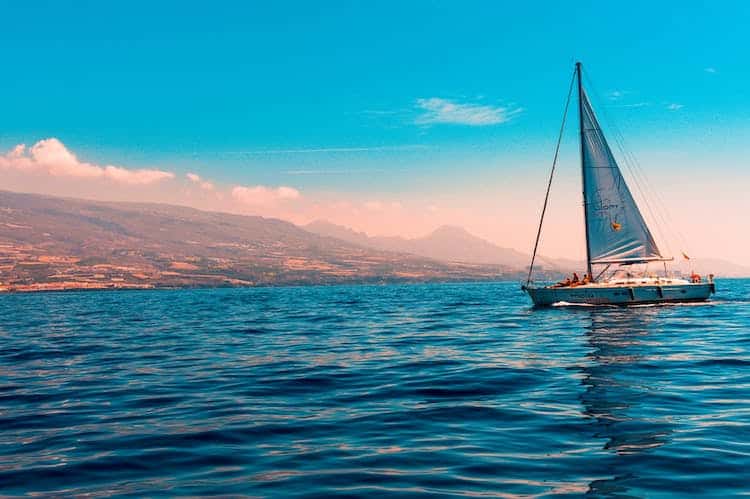
Sailing through the seas is an experience that not everyone is able to have. It’s a rarity in the world to have the sea breeze blowing gently against your face and to have the winds play with your hair. The sea is a beautiful expanse and it puts things in perspective. It is a reminder of what a vast world we live in and these memories are definitely worth immortalizing through pictures.
There are many aspects of photography that you need to adjust in order to ensure that you do justice to the moment that you’re capturing. So, in the spirit of ensuring that you’re able to capture moments in the best way possible, here’s how to improve your sailing photography.
Recommended Settings
When taking photographs on a boat, it’s very important to be able to account for the gentle movement of the boat. So, you need to select a shutter speed that’s able to capture the clear skies without also capturing the motion blur caused by the swaying of the boat. In order to do this, you need to set your shutter speed to at least 1/250th of a second.
When capturing sunsets and sunrises, you need to keep your white balance in check. This is especially important if you want to capture dramatic colors. To capture deep reds, set your white balance to daylight, and if you want to emphasize red and purple, your best option is to use tungsten. You can also further enhance these colors during post processing. Make sure to capture details of the boat, like custom sails from Far East Sails or a high-powered motor.
Equipment
Your arsenal for sailing photography needs to consist of wide-angle and standard lenses. You need both because this combination provides you with a lot of versatility. Use the wide angle lens to capture a complete scene with the scenery, the people, and the ship (or boat) in one complete image.
Make sure to bring a beanbag or a tripod for when you need a sturdy base as this will slightly compensate for the sway of the ship. Some expert sailing photographers are even able to move their bodies in order to compensate for the sway of the ship, but this takes a lot of skill and experience to pull off.
Polarizing filters and a lens hood are important to minimize, or even prevent glare, reflections and spray from the water that can mess up your shots.
Waterproofing
Because you’re working dangerously close to water, make sure to keep your camera in a water housing just in case it falls into the water. Water covers should also help, but it’s best to have a worst-case scenario solution. Secure your camera by always making sure that the strap is attached and that it’s looped around your neck or wrist.
Sailing photography captures some of the best scenery, from the deep blue of the water, to the gentle glow of dawn and dusk. The colors and the atmosphere are nothing short of breathtaking. It’s a great opportunity to get pictures on the water but it is not without its unique set of challenges. If you’ve got sailing photography figured out, you may even want to delve into underwater photography